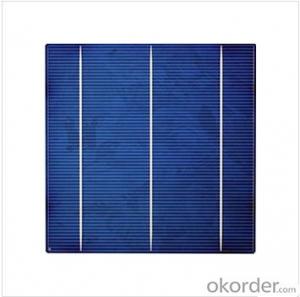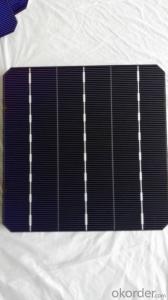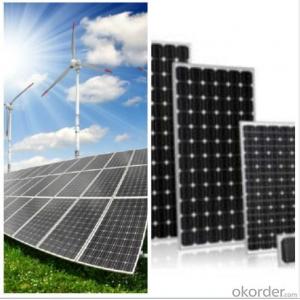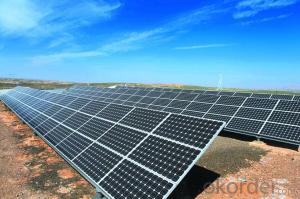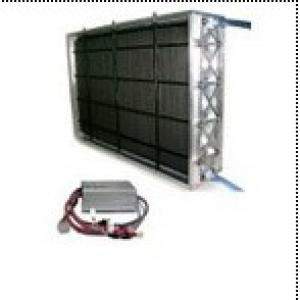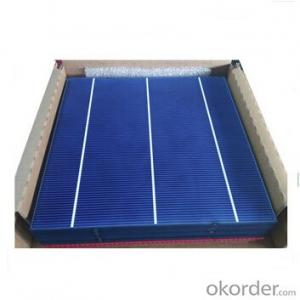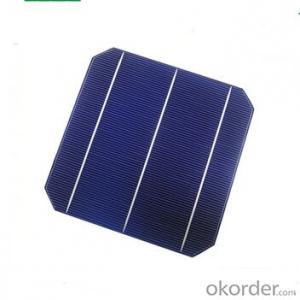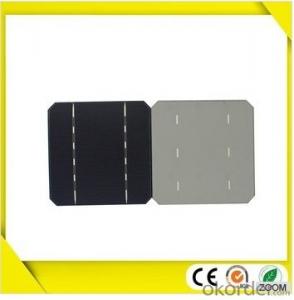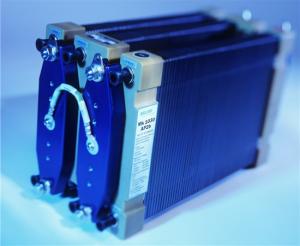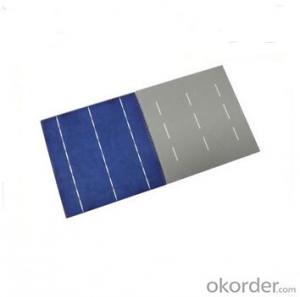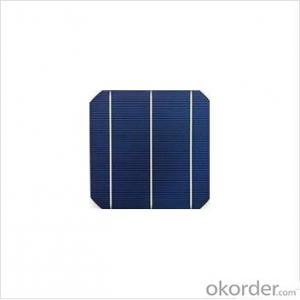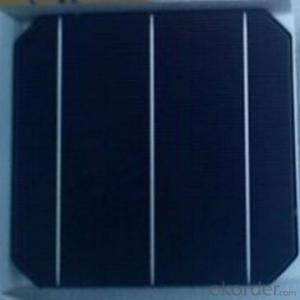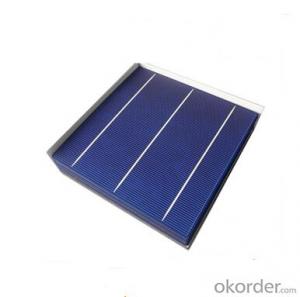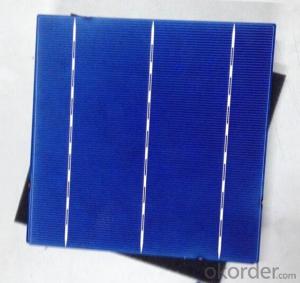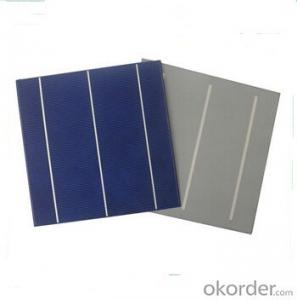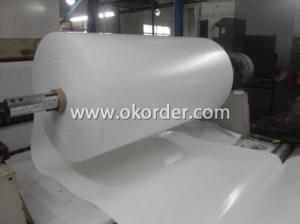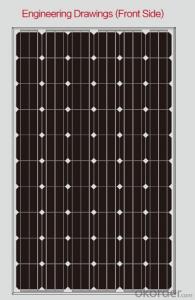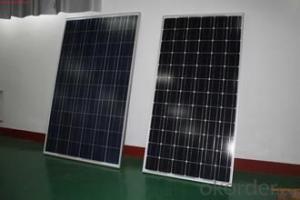Excitonic Solar Cells
Excitonic Solar Cells Related Searches
Biogenic Solar Cells Plasmonic Solar Cells Photovoltaic Solar Cells Electric Solar Cells Hexagonal Solar Cells Encapsulation Solar Cells Nano Solar Cells Flex Solar Cells High Temperature Solar Cells Aerospace Solar Cells Amorphous Solar Cells Hot Solar Cells Everbright Solar Cells Bifacial Solar Cells Large Solar Cells Flexible Solar Cells Compact Solar Cells Residential Solar Cells Organic Solar Cells Bacteria Solar Cells High Output Solar Cells Bio Solar Cells Black Solar Cells Crystalline Solar Cells Chipped Solar Cells Bulk Solar Cells High Efficiency Solar Cells Free Solar Cells Ruthenium Solar Cells Chinese Solar CellsExcitonic Solar Cells Supplier & Manufacturer from China
Excitonic Solar Cells are a type of photovoltaic technology that utilizes the properties of excitons, which are electron-hole pairs bound together by their Coulombic attraction, to generate electricity from sunlight. These cells offer advantages such as flexibility, lightweight, and the potential for lower production costs compared to traditional silicon-based solar cells. Excitonic Solar Cells are finding increasing use in various applications, including portable electronics, wearable devices, and even large-scale power generation systems. Their unique properties make them suitable for a wide range of usage scenarios, from powering remote sensors in harsh environments to providing electricity in areas with limited access to traditional power grids.Okorder.com is a leading wholesale supplier of Excitonic Solar Cells, offering a comprehensive inventory to cater to the diverse needs of customers worldwide. With a commitment to quality and customer satisfaction, Okorder.com ensures that their products meet the highest standards and are available at competitive prices. This makes them an ideal choice for businesses and individuals seeking to harness the power of this innovative technology.
Hot Products
